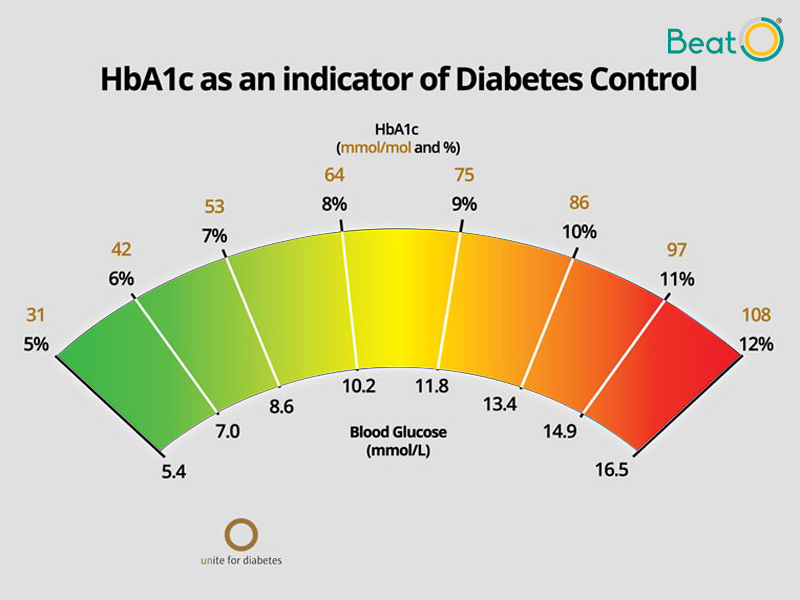Hi thanks for the diagram. however now I find that the figures written down for me on the booklet that I fill in when testing are as follows: 4-8 Fasting, 4-8 Pre food, 6-12 post food. nothing on what it should be before bed. So these numbers don't match thos you have described. so I don't know if I'm in trouble or not. So I don't really know what to do.
That is because, in the post I made above, I was quoting the official levels that people get diagnosed with.
Diagnosis is different from daily target levels, and each of us has to make a personal choice about where we want to aim.
'normal' (below 7 will give you the best chance of avoiding long term diabetic complications caused by raised insulin resistance and raised blood glucose)
the target levels listed in your booklet are higher than that, because the NHS usually gives higher targets. They assume that type 2 diabetics won't be motivated, or able, to reduce their blood glucose (could be either option), so they set looser targets. This may, in time lead to a progression of Type 2 diabetes, so many ppl here on the forum aim lower.
You need to take a deep breath, test often enough to work out what is actually happening to your blood glucose before food and 2 hours after the start of your meal, and then decide what target you personally are willing to aim for. Then adjust your diet to reach that target, or accept medication to help you to get there as well.
T2 Diabetes is a condition where the individual, their choices, actions, food and lifestyle, are the biggest factor in controlling it.
So it is mainly up to you to make the decisions and act on them.
The more information you gather (plenty of info in the posts above, and all over the forum, and on all the links you will find on the Diabetes.co.uk main website and on Dietdoctor.com and Jason Fung's website and blog, and all over the internet) for you to make informed choices.


